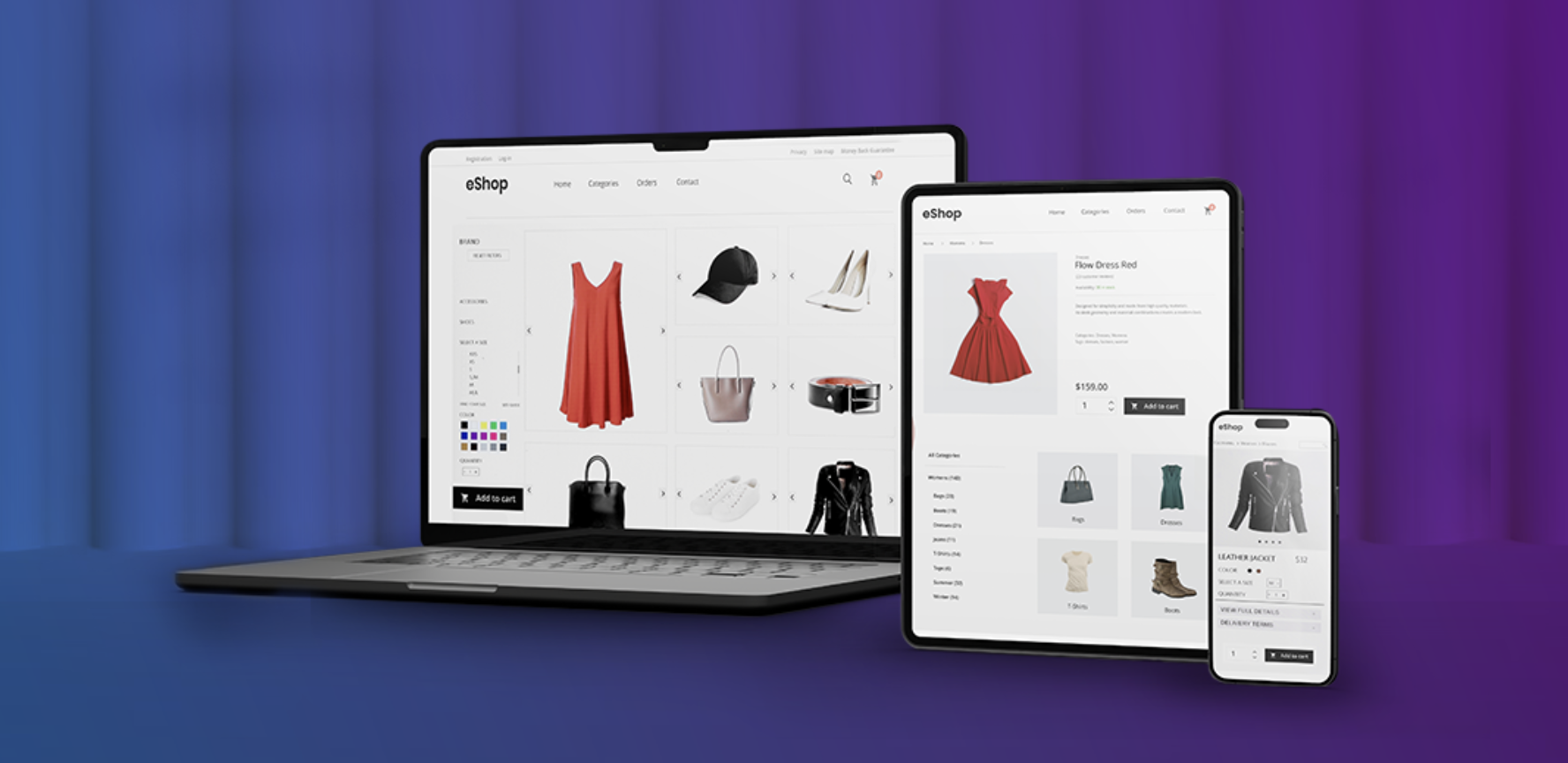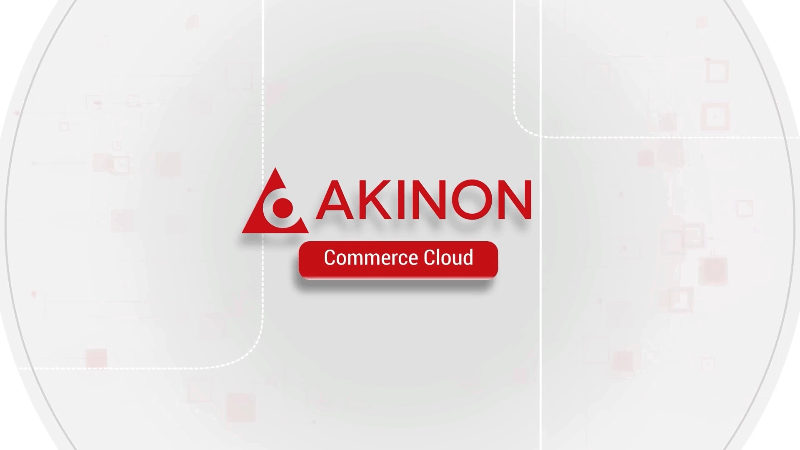Live Commerce: The Present and Future of Real-Time E-commerce Experiences

Setting the record straight
Delivering memorable customer experiences consistently is a challenge, opportunity, and growth lever – all rolled into one. The strategy and execution ball is in your court to not just respond to evolving customer expectations and market trends, but also embed surprising elements that create Wow! Moments and move the needle on your North Star metrics.
Live commerce has rapidly emerged as one such innovation that is revolutionizing the way your customers shop online. Gartner has consistently featured it as a trend that is gathering momentum across in its Hype Cycle for Digital Commerce across both emerging and mature markets. What may largely be viewed as a Gen-Z and Millennial phenomenon on the surface, is gradually finding favor with older demographics. In fact, as per McKinsey, live commerce-initiated sales could account for 10-20% of all eCommerce by 2026.
By offering your customers interactive shopping experiences via the power of live video streaming, you stand to break past the monotony of regular e-shopping journeys. You’ve seen the likes of retail giants like Amazon, Alibaba, eBay, Bloomingdale’s, and more execute this with precision. But, you can do it too – and at scale.
Let’s take a closer look at how weaving live commerce into your digital commerce strategy is a win-win for all parties.
What is Live Commerce?
Live commerce is also referred to as live-streaming commerce or live shopping. It bridges the gap between live video broadcasting and traditional eCommerce. It involves you (as a brand) or your onboarded influencers/content creators hosting live video sessions to showcase products, demonstrate their features, and engage with customers in real time.
While not every stream view will translate into a sale, there is a curiosity-driven element of entertainment that impacts average session durations and behavioral data collection.
An innovative instance of: Education + Entertainment = Conversions + Customer Satisfaction
What are the retail industries that are leveraging Live Commerce?
Industries like apparel and fashion, beauty, and cosmetics continue to be trailblazers in the live commerce space. But, the likes of consumer electronics, automotive, and even service industries like banking and telco are embracing this trend more actively.
Here are some industry-specific insights from a recent McKinsey report:

What are the advantages of Live Commerce?
1. In-Moment interaction:
Live commerce offers a unique opportunity for real-time, immersive interaction between you (as a standalone brand/marketplace, your handpicked influencers) and customers. Customers who tune into these streaming sessions – directly within your eCommerce website, mobile app, or marketplace – can undertake multiple actions.
They can learn more about the promoted products, ask questions, browse related product bundles, consider personalized recommendations, use offer or discount codes, and make purchases directly from the stream.
For example; consumer electronics giant, Samsung, effectively used live commerce on their digital stores to bring product catalogs to life, created in-moment shopping opportunities, and increased conversions. This resulted in a revenue increase of over 200% when compared to the same time and day of the previous week before deployment. Learn more about how they executed and scaled their live commerce strategy right here.

2. Increased customer engagement:
The dynamic and human nature of live commerce captures the attention of your target customers, deepening engagement and encouraging action during a shopping session. The combination of live video, interactive features, and the lure of exclusive offers keeps them invested much longer than usual.
For example; eCommerce marketplace pioneer, Alibaba, heavily relies on live commerce during peak-demand sales days like Singles’ Day every year. Top brands and content creators host live streams showcasing products, offering exclusive discounts, and engaging with viewers. This has a direct impact on increasing customer customer engagement and eventual sales.
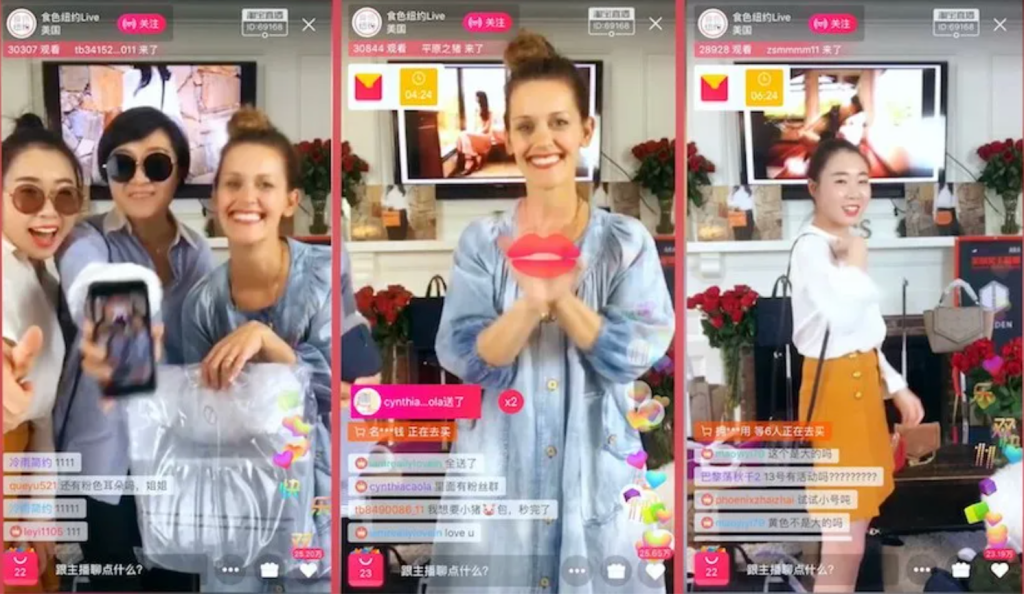
3. Enhanced awareness and credibility:
Live commerce brings a sense of transparency and authenticity to the table that run-of-the-mill online shopping experiences may lack. Seeing products unboxed, demonstrated, described, and reviewed in real time by a host or influencer helps build trust and credibility. This positively impacts informed purchase decisions.
For example; Sephora, a leading beauty and cosmetics retailer, uses live commerce on their digital stores and social media channels featuring industry experts and influencers. When such personalities drive such activations, it manufactures greater brand trust and credibility while maximizing sales opportunities.
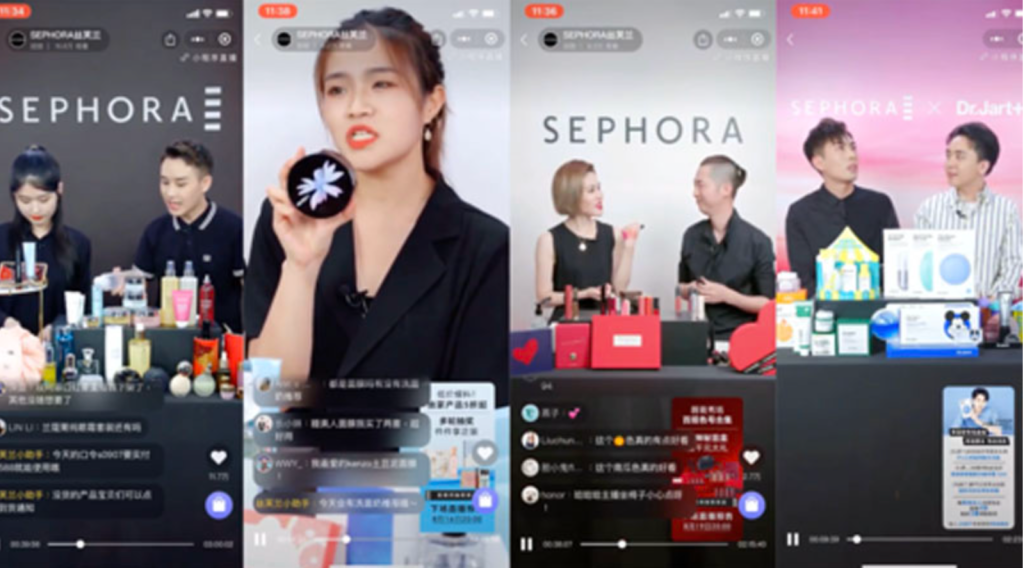
4. Increased conversion rates and revenues:
Live commerce events can create a sense of urgency. Especially when coupled with time-bound offers, countdowns, and direct calls to action. This reduces the consideration period and time to purchase by nudging your customers into making near-immediate purchases.
For example; the eCommerce marketplace giant, Amazon, creates and runs live commerce streams with trusted industry opinion leaders across product categories and different regions. Customers can view these streams based on their interest levels, browse related products, explore limited-time offers, and act on purchase intent directly from the streams. These urgency-driven purchase decisions boost conversions and sales.
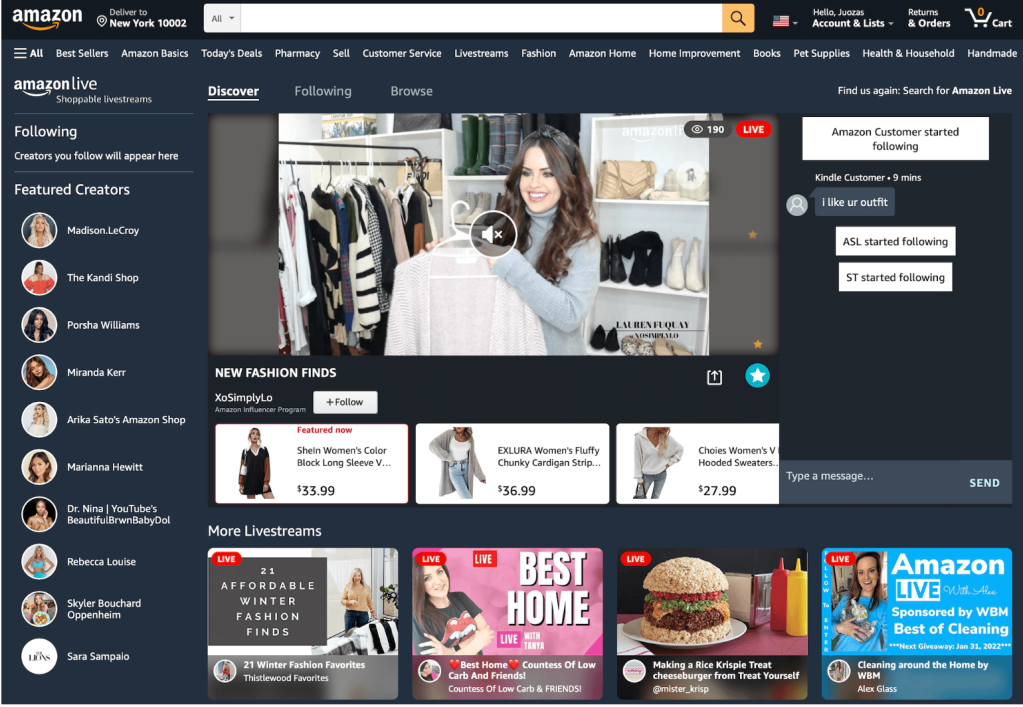
5. Blended offline and online experiences:
In many ways, a live commerce event brings physical product presentation and demonstration to a digital setting. Akin to what an in-store sales personnel would do when you’re at a physical outlet. Interactive features like polls, quizzes, queries, emojis, and more can further add a two-way dialogue aspect to such streaming events. This can help gather real-time customer feedback, increase average order values, and reduce product return rates.
For example; Nike has successfully implemented live commerce through campaigns that feature live workouts, product launches, and athlete interviews. By integrating product showcases with live streaming, Nike creates urgency and excitement, which helps drive sales and increase conversions. This approach also complements their in-store offline shopping experiences.
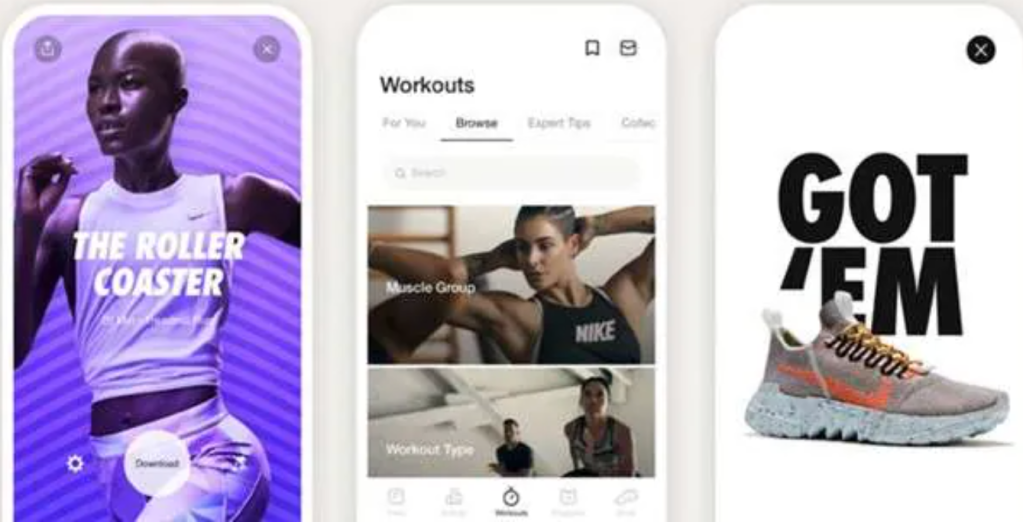
What to consider when implementing a Live Commerce strategy?
1. Select the right tech platform:
Evaluate judiciously to choose a platform that aligns with your existing tech stack, target audience, business objectives, and expendable budgets. It shouldn’t involve the superficial consideration of functionalities. You also need to factor in the impact on your total cost of ownership – and actively consider a composable digital commerce platform with such built-in capabilities that can bolster your commerce operations end-to-end.
For instance, with Akinon you can:
- Integrate with popular streaming platforms like YouTube and Mux
- Schedule live commerce streams or replay recorded events
- Customise themes, backgrounds, colors, buttons, and more
- Select the format that works best for you – broadcast or 1:1
- Send personalized email invites
- Connect with multiple sales channels
- Create targeted product combinations and limited-time offers and promotions
- Broadcast from any store or location of your choice, and so much more
2. Prepare a content plan and calendar:
Live commerce is a form of content marketing. This implies that you need to have a plan and activation timeline cadence in place for all the contextual content that you want to showcase during every session or event. This also requires you to handpick and onboard the right industry key opinion leaders to increase brand trust and authenticity. For instance; China’s famed beauty and cosmetics influencer, Li Jiaqi’s live streams during Alibaba’s Singles’ Day Sale in 2021 attracted 250 million viewers and resulted in sales worth $ 19 billion!
Plan ahead for different formats and features – depending upon which industry you are from – that may suit your unique needs. Real-time product demonstrations and walkthroughs, Q&A segments, interactive elements, and more all require prior and careful consideration.
3. Run promotional campaigns to build buzz:
Generate excitement for your live commerce events by promoting them through your website, social media channels, and email marketing. Create hype and anticipation with teasers, countdowns, exclusive offers, discounts, product launches or limited edition-drop news, and more to encourage your target customers to tune in.
Start delivering Aha! Moments well before your live commerce events actually get underway. This enhances the chances of maximizing viewership; and in turn; conversions and revenues during the actual event.
4. Embed interactivity in your events:
During the live stream, actively engage with customers that tune in by answering their questions, responding to their comments, offering personalized recommendations, and acknowledging their reactions. This two-way dialogue is key to deepening customer relationships while both educating and entertaining them on the fly.
The objective must always be to make them feel special, seen, and heard. Whether they’re watching the stream on your website, mobile app, or social commerce channels.
5. Be data-driven to stay ahead in the game:
Execution is one half of the puzzle. You also need to track, measure, and analyse the performance of each live commerce event and your entire programme as a whole. Focus on key metrics such as total viewership, engagement levels, sentiment analysis, drop-off rates, conversion rates, sales, discount code redemption rates, etc.
Use these insights to refine your strategy, improve future live sessions, and maximize the impact of live commerce on your collective eCommerce business.
Food for thought
Live commerce is transforming the eCommerce landscape by combining real-time engagement with interactive shopping experiences. And, it is here to stay. For it is in many respects the perfect blend of human involvement and technology enablement in a commerce context. The experimentation with and adoption of emerging technology like Extended Reality (XR), Metaverse Immersion, and deeper AI applications will further help you elevate the quality of customer experiences. With the goal of shortening the sales cycle between “browsers and scrollers” and “activated shoppers”.
Ready to add live commerce to your eCommerce marketing armoury? We can help you get started on that journey to stay laps ahead of your competitors. Get in touch with us today to learn more.


